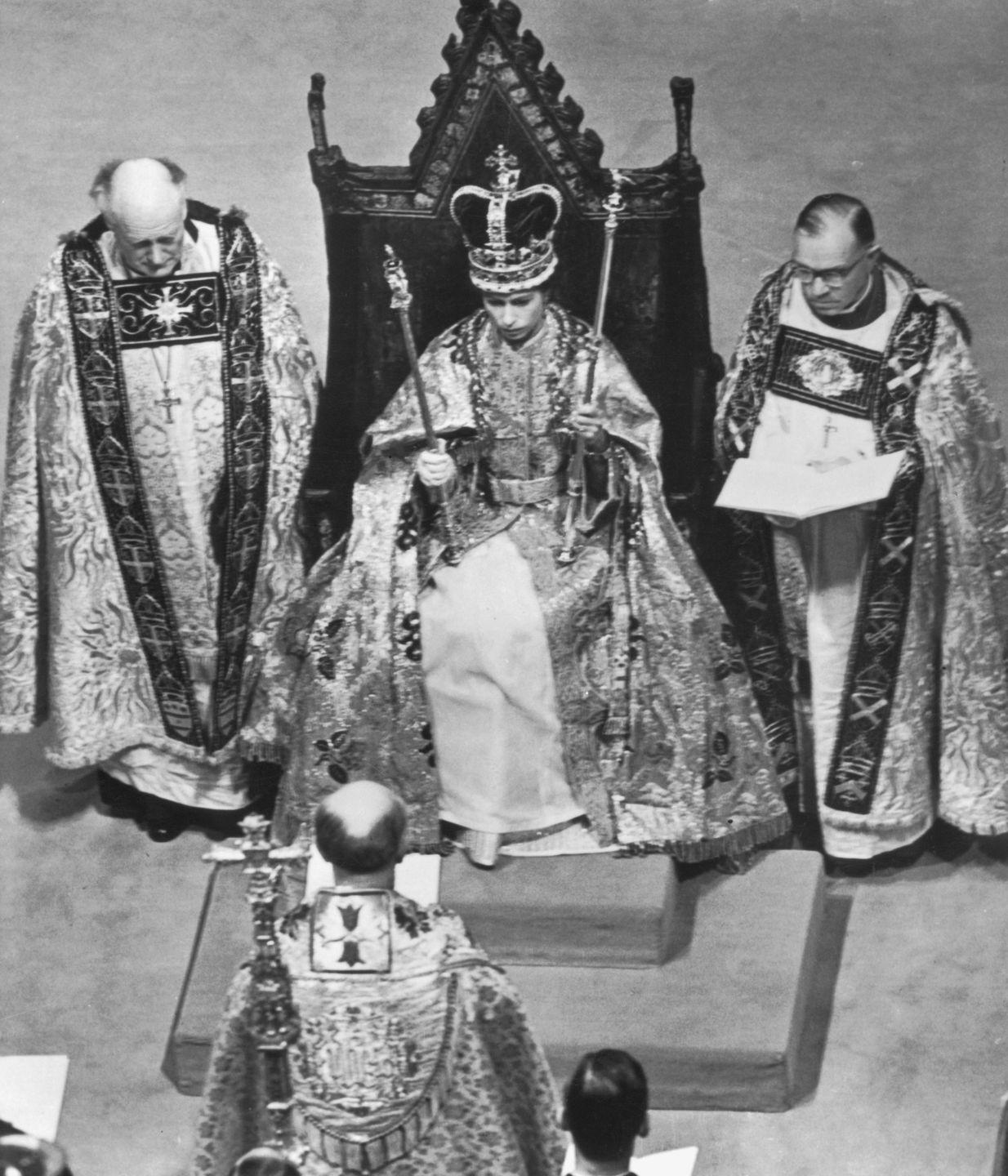The Deeper Reason Why King Charles III's Coronation Anointing Isn't Being Shown on Camera
The coronation of King Charles III is officially underway, and folks are tuning in to witness an auspicious moment in global history. Eight months after his mother and reigning British ruler Queen Elizabeth II died at the age of 96, the former Prince of Wales is now stepping into her role and become king for the nation and worldwide.
The official service is steeped with meaningful rituals, which Buckingham Palace stated "will reflect the monarch’s role today and look towards the future, while being rooted in longstanding traditions and pageantry." Among the different steps in the service, viewers will notice one instance not shown on camera.
Charles' anointing ceremony, which comes just after he takes his royal oath, will be an intimate moment that will not be seen on television. The 74-year-old monarch will follow the tradition of his mother, who chose to do the same thing during the first televised U.K. coronation back in 1953.
So, what exactly is the anointing ceremony and why is it so sacred that both Elizabeth and Charles forgo showing it to the public? Turns out, it's a religious element to the service, which comes with a rich history that is essential to the moment. Keep on reading to learn more about the anointing ceremony and the deeper reason it won't be broadcasted.
The Royal Collection Trust (RCT) describes the anointing ritual as a blessed point in the coronation. During the anointing, the archbishop of Canterbury will pour holy oil (which is blessed at the Church of the Holy Sepulchre in Jerusalem) onto the Coronation Spoon and place the liquid onto the king's hands, chest and head. The website also notes that the tradition dates back to Kings I in the Old Testament, where King Solomon received a similar ceremony by Zadok the Priest and Nathan the Prophet.

Britannica further explains that ahead of the ceremony, the monarch changes into a white linen gown, sits in the Coronation Chair and gets blocked by a piece of gold cloth "as a means to protect the sanctity of the clothing."
"Anointing was one of the medieval holy sacraments and it emphasized the spiritual status of the sovereign," read the RCT site. "Until the seventeenth century the sovereign was considered to be appointed directly by God and this was confirmed by the ceremony of anointing. Although the monarch is no longer considered divine in the same way, the ceremony of Coronation also confirms the monarch as the Head of the Church of England."
When Elizabeth's coronation became the first one of its kind televised in the U.K., many would've expected her to highlight all the sections of the service. But the then-reigning monarch made a surprise decision about the anointing section.
After she took off her jewelry, put on the white linen gown and was concealed by the gold cloth, viewers saw the camera shift its focus to a wall within Westminster Abbey (where the coronation is still being held today). At the time, all that could be heard was the then-Archbishop of Canterbury Geoffrey Francis Fisher reciting a number of hymns, including "Veni, Creator Spiritus" and verses 1:38-40 of Kings I in the Old Testament.
Similarly to his mother, it looks like Charles will experience this moment without onlookers tuning in from home. While multiple outlets suggested that his anointing could be the first one ever seen by the public, The Telegraph reports his will also be hidden from cameras. In addition, the publication shared that Queen Camilla will be involved in the ceremony and receive her own anointing as well.
Like his mother, Charles will have a special screen crafted specifically for the occasion. According to the official royal website, iconographer Aidan Hart designed a three-sided structure that has a sentimental panel sewn in the front. The panel's design is of a tree with 56 embroidered leaves, nodding to the 56 countries represented by the Commonwealth of England. What's more, the king's royal cypher is at the bottom of the tree, along with the phrase: "All shall be well and all manner of thing shall be well." Per the site, the insignia is at the base as a reminder that the Sovereign is about serving the people of England.
Another interesting detail is the significance of the wooden poles used to hold the cloth that makes the screen. The frame is made of oak poles, taken from a tree originally planted by the duke of Northumberland in 1765 at the Windsor estate. The frames also feature "a pair of bronze-cast and gilded eagles, a motif that has appeared in previous coronation canopies including the one used by Queen Elizabeth II in 1953."
As for how Charles' anointing will be kept from the audience at the time of occurrence, that's currently to be determined. But know that when it happens, it will be a special moment for the incoming ruler of Britain.
You Might Also Like
